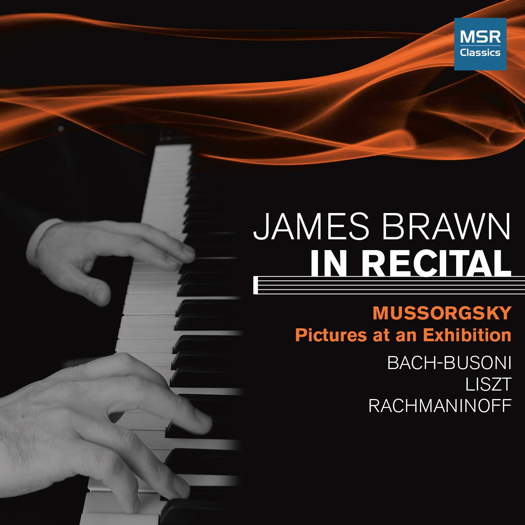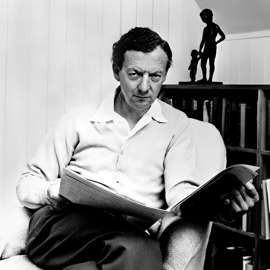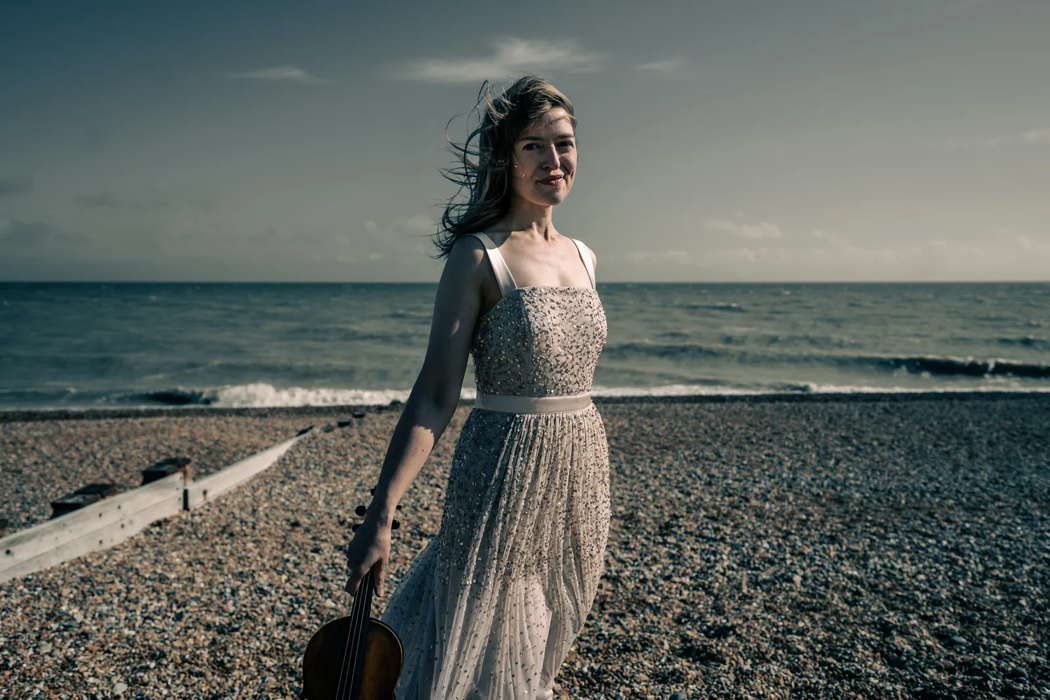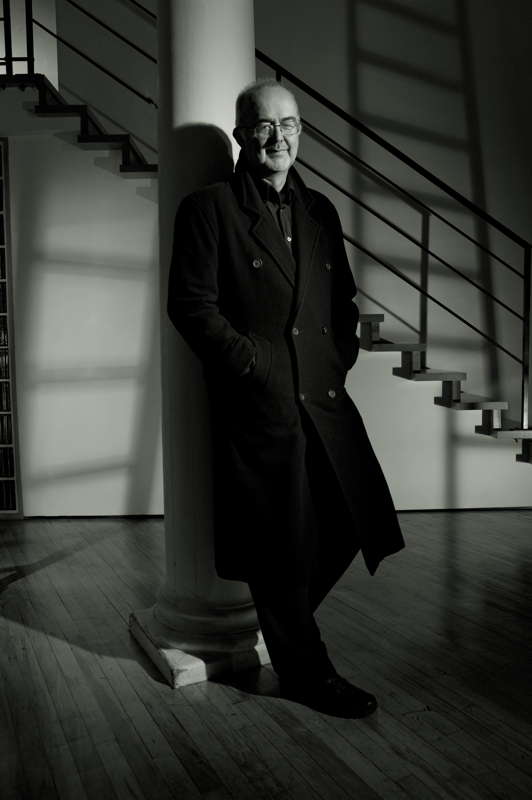- Bononcini
- Steven Isserlis
- Désiré Dondeyne
- Joseph Kerman
- Richard Strauss: Metamorphosen
- Guild Music
- Beckwith
- Royal Birmingham Conservatoire
 SPONSORED: CD Spotlight. True Command - James Brawn plays Bach, Liszt, Musorgsky and Rachmaninov - recommended by Andrew Schartmann.
SPONSORED: CD Spotlight. True Command - James Brawn plays Bach, Liszt, Musorgsky and Rachmaninov - recommended by Andrew Schartmann.
All sponsored features >>
 SPONSORED: Ensemble. Last Gasp of Boyhood. Roderic Dunnett investigates Jubilee Opera's A Time There Was for the Benjamin Britten centenary.
SPONSORED: Ensemble. Last Gasp of Boyhood. Roderic Dunnett investigates Jubilee Opera's A Time There Was for the Benjamin Britten centenary.
All sponsored features >>
Intelligently Structured and Winningly Executed
MIKE WHEELER is impressed by Fenella Humphreys and Martin Roscoe's Buxton Festival recital marking the centenary of the death of Gabriel Fauré
Violinist Fenella Humphreys and pianist Martin Roscoe's Buxton Festival programme - St John's Church, Buxton, UK, 7 July 2024 - marked the centenary of Fauré's death, beginning with the Violin Sonata No 1 Op 75 by his teacher, Saint-Saëns. In two large movements, each in two contrasting halves, it sets off in a mood of restless, incisive energy. Humphreys and Roscoe had the measure of both that and its passages of haunting stillness. There was marked concentration in the movement's slow second half, opening with a motif strikingly similar to the one that appears in the equivalent place in his similarly-structured Symphony No 3, written a year later. The sparkling waltz that begins the second movement was kept delectably light-footed, and the finale was full of racing exuberance.

Fenella Humphries. Photo © Martin Johnson
Fauré's own First Violin Sonata ended the programme, but for now we were treated to two shorter pieces: his Romance, Op 28, and Andante, Op 75, both receiving gently expressive performances that invited us to savour the harmonic subtlety without chromatic overload so typical of the composer. On to one of Fauré's own pupils next, with the joyous opening section of Enescu's Impromptu Concertant being shaded sensitively into its gentle ending. Lili Boulanger didn't actually study with Fauré, though he was something of an influence. Her Nocturne was sensitively shaped, building in intensity from its gentle opening for piano, to its quiet ending, with the violin muted. The bubbly Cortège was winningly played, crowned by Humphreys' singing tone, particularly in the violin's later high-lying passages.
Ravel also studied with Fauré, but rather than his mature Violin Sonata, Humphreys and Roscoe played a student work, the only movement he completed of a early sonata, publicly performed and published only in 1975, with the title Sonate Posthume. The opening theme, similar to that of his String Quartet, was handled with great poise, and through occasional chord progressions unexpectedly reminiscent of Delius, the piece was led to an impassioned climax.
In Fauré's Violin Sonata No 1, Martin Roscoe established a mood of quiet determination, which Fenella Humphreys continued with her first entry, and their dialogue in the soaring, sturdy second theme was a delight. Following the second movement's sombre opening, the performance relished Fauré's broad melodic arches, as much as it did the third movement's airborne freshness, song-like trio section, and delightful vanishing trick at the end, before digging deeply into the expressive heart of the finale.

Martin Roscoe. Photo © 2008 Eric Richmond
An uncredited transcription of Fauré's well-loved song Après un Rêve rounded off an intelligently structured and winningly executed programme.
Copyright © 26 July 2024
Mike Wheeler,
Derby UK



